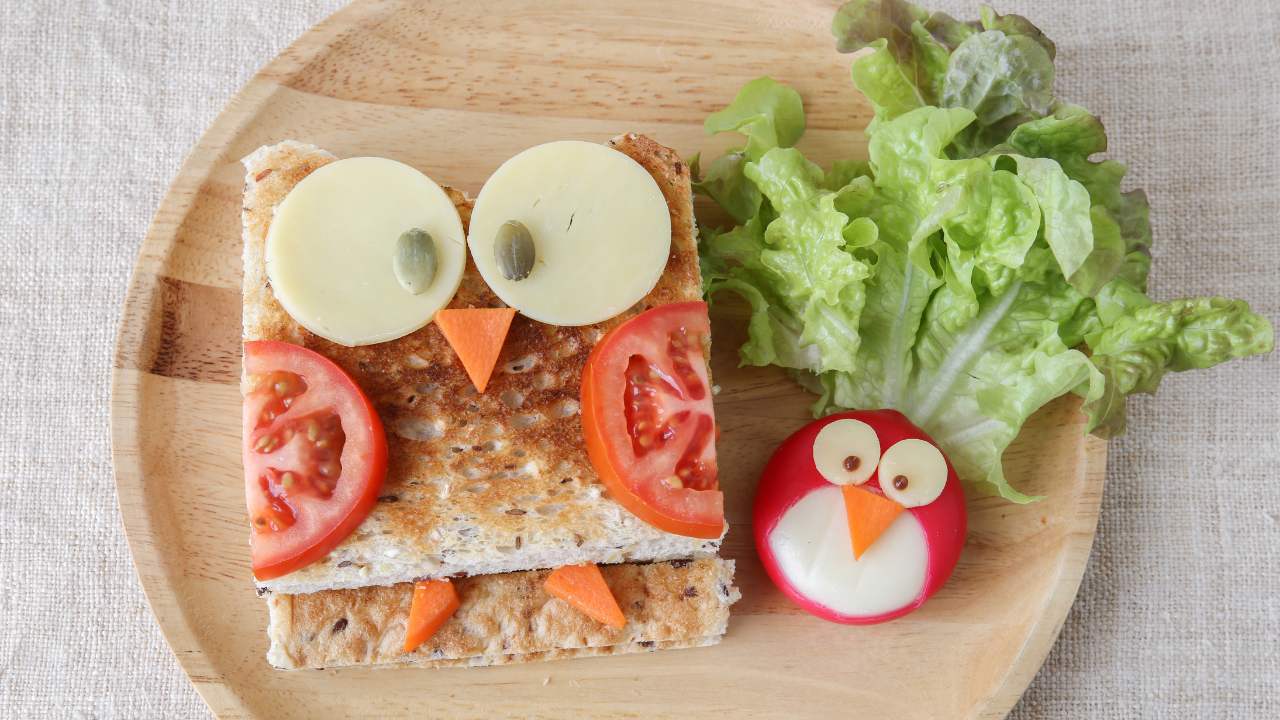Healthy food art projects are an innovative way to combine creativity with nutrition education. These projects allow individuals, especially children, to explore healthy eating habits while expressing their artistic talents. Whether you’re a parent, teacher, or someone passionate about promoting healthy eating, incorporating food art into your routine can be both fun and educational.
Benefits of Healthy Food Art Projects
- Promotes Healthy Eating Habits
- Engages participants in choosing and using nutritious ingredients.
- Encourages Creativity
- Allows individuals to experiment with colors, shapes, and textures of different foods.
- Improves Food Awareness
- Introduces new fruits, vegetables, and other healthy options in a playful way.
- Strengthens Fine Motor Skills
- Activities like cutting, arranging, and decorating food improve hand-eye coordination.
Creative Ideas for Healthy Food Art Projects
- Fruit and Veggie Animals
- Create animal shapes using slices of fruits and vegetables. For example, use cucumber rounds for a turtle shell or banana slices for a butterfly body.
- Rainbow Wraps
- Arrange colorful vegetables like carrots, bell peppers, and spinach in a tortilla to create a rainbow. Roll it up for a healthy and delicious snack.
- Edible Faces
- Use whole-grain crackers as a base and decorate with cheese, cherry tomatoes, cucumber slices, and olives to make fun faces.
- Smoothie Art
- Blend colorful smoothies and use them to “paint” on a plate or bowl. Add toppings like berries and nuts to enhance the design.
- Vegetable Stamps
- Cut vegetables like okra or bell peppers to create stamp shapes. Dip them in natural food coloring and stamp on bread or rice paper.
- Fruit Kebabs
- Skewer pieces of fruits in patterns or shapes to create a visually appealing snack. Use fruits like watermelon, pineapple, and grapes for vibrant colors.Click Here
How to Get Started
- Gather Supplies
- Use fresh fruits, vegetables, nuts, seeds, whole grains, and other healthy ingredients.
- Provide tools like knives (child-safe if needed), cookie cutters, and toothpicks.
- Plan a Theme
- Choose a theme like “Under the Sea,” “Jungle Adventure,” or “Seasonal Harvest” to guide the project.
- Encourage Participation
- Involve everyone in brainstorming ideas, gathering ingredients, and assembling the art.
- Emphasize Safety
- Ensure proper hygiene and safe handling of tools and ingredients.
Tips for Success
- Focus on Fresh Ingredients: Use seasonal fruits and vegetables for the best flavor and color.
- Keep It Simple: Start with easy projects before moving to more complex designs.
- Make It Interactive: Encourage storytelling or games to accompany the art projects.
- Celebrate the Outcome: Take pictures of the completed food art and enjoy eating it together.
Link: Healthline
Also Read
Conclusion
Healthy food art projects are a delightful way to make nutritious eating exciting and accessible for all ages. By combining creativity with healthy ingredients, you can inspire better food choices and foster a love for wholesome meals. These projects not only provide an opportunity to bond with family and friends but also help participants develop a positive attitude toward healthy eating. Whether it’s making fun animal shapes with fruits or crafting colorful veggie wraps, the possibilities are endless. Remember, the goal is to enjoy the process and relish the rewards of your efforts. Start your food art journey today and transform mealtime into a masterpiece that’s both delicious and memorable!
Frequently Asked Questions (FAQs)
Q: What age group is suitable for healthy food art projects? A: These projects are suitable for all ages. Adjust the complexity based on the participant’s age and skill level.
Q: Can food art projects be part of school activities? A: Yes, they are excellent for classroom settings, as they promote teamwork, creativity, and nutrition awareness.
Q: What are some alternatives for kids with food allergies? A: Use allergen-free ingredients and check labels carefully. For example, replace nuts with seeds or use gluten-free crackers.
Q: How can I make food art projects more sustainable? A: Minimize waste by using scraps for composting or incorporating them into other recipes.






